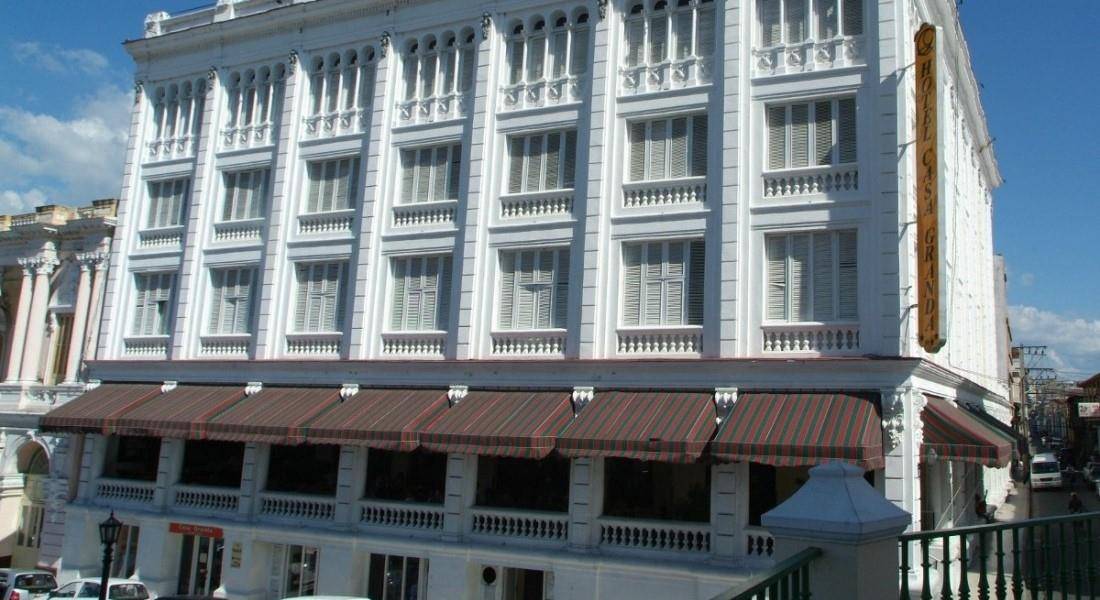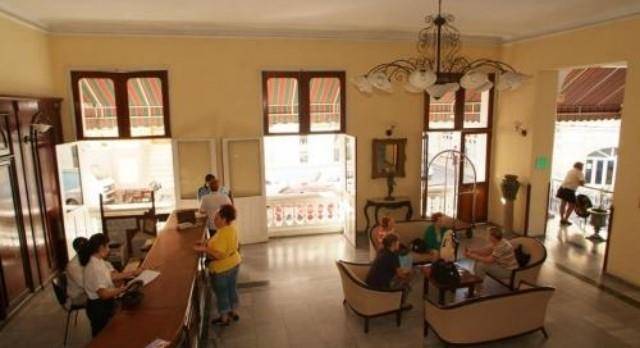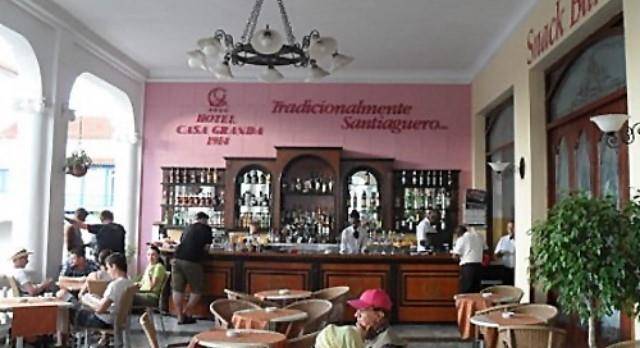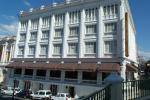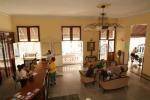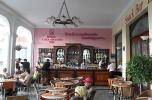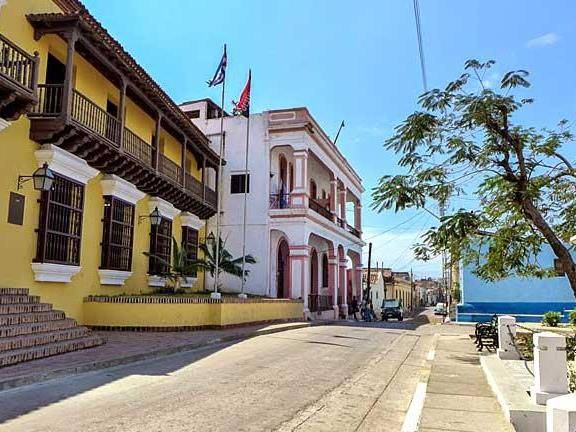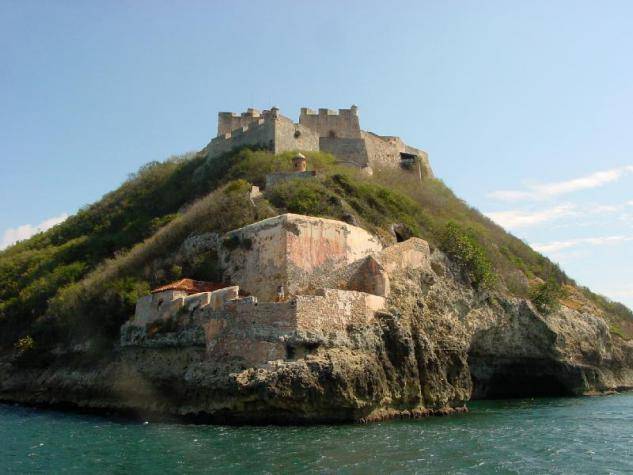
Castillo del Morro
The Spanish fortress known as El Morro, south of Santiago, was constructed between 1638 and 1700 and was designed by Giovanni Antonelli, the Italian architect and engineer responsible for fortresses bearing the same name in both Havana and San Juan, Puerto Rico. El Morro was built to ward off pirates (and rebuilt after a 1662 attack by the English pirate Henry Morgan). Today, its solid walls house the Museum of Piracy, its rooms also reflects the main events connected with the naval battle of Santiago de Cuba, episode of the Spanish-Cuban-American in 1898 and photographs related to the events of Maine , the Spanish and U.S. military leaders, Admiral Pascual Cervera and Vice Admiral Sampson and planes and coastal defenses and batteries of El Morro. There are wonderful views from interior rooms, which have wooden floors and stone walls, as well as from various terraces.

